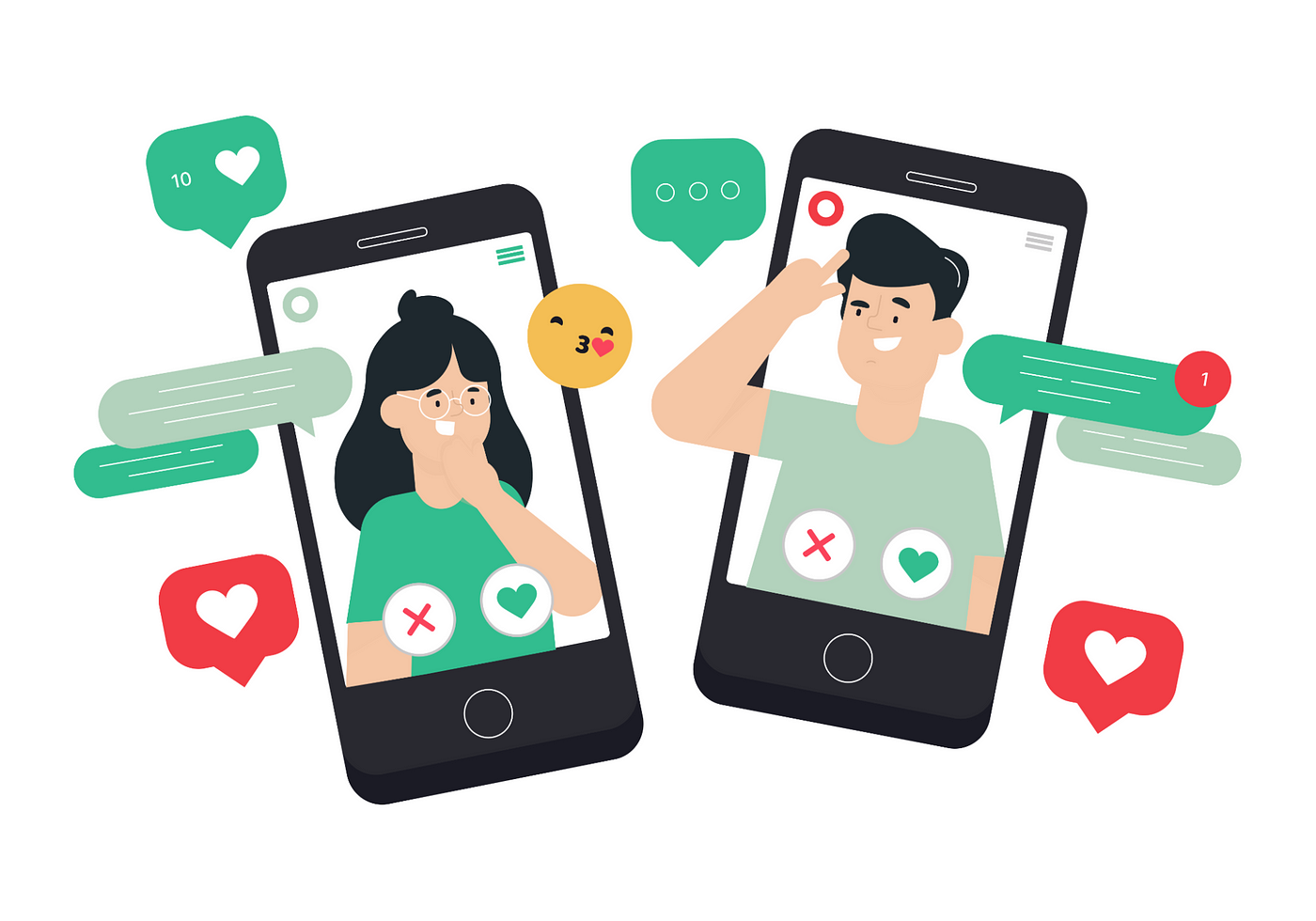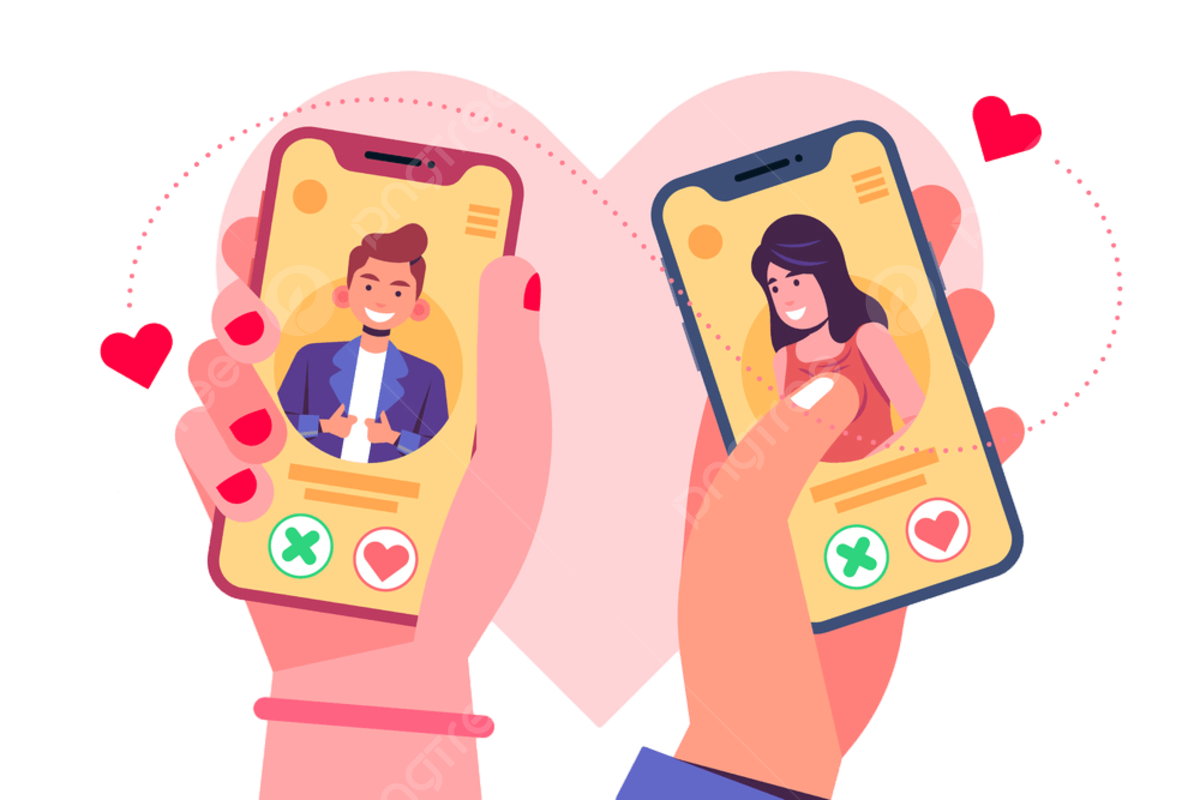An Engineer's Guide to Dating App Development
Introduction
The rise of mobile technology has transformed the way we connect and communicate, particularly in the realm of romantic relationships. Dating apps have become ubiquitous, offering a convenient platform for individuals to meet potential partners. As an engineer, you play a pivotal role in shaping these experiences. This guide aims to provide a comprehensive overview of the development process, from conceptualization to deployment, focusing on the technical and design aspects of creating a successful dating app.
Understanding the Market
Market Analysis
Before diving into the development phase, it's crucial to conduct thorough market research. Understanding the competitive landscape, target demographics, and user expectations is essential for crafting a compelling product. Popular dating apps like Tinder, Bumble, and Hinge have established certain standards and features that users have come to expect. Analyzing these apps can provide valuable insights into what works and what doesn't.
Target Audience
Identify the target audience for your app. Are you targeting young professionals, college students, or perhaps a niche group with specific interests? Understanding your target demographic will help tailor the design and functionality of your app to meet their needs.
Unique Selling Proposition (USP)
Determine what sets your app apart from the competition. Is it a unique matching algorithm, a focus on privacy and security, or an innovative feature that enhances the user experience? Your USP should be clearly communicated throughout the development process.

Planning and Design
User Experience (UX) and User Interface (UI)
A seamless and intuitive user experience is paramount in a dating app. The design should be visually appealing, easy to navigate, and cater to the emotional aspect of dating. Tools like Sketch, Figma, or Adobe XD can be used to create wireframes and prototypes.
Wireframing
Start with basic wireframes to outline the layout and flow of the app. Focus on the core functionalities such as profile creation, search, matching, and messaging.
Prototyping
Create interactive prototypes to simulate the app's functionality. This allows stakeholders to experience the app before development begins and provides an opportunity for feedback.
User Testing
Conduct usability tests with real users to gather feedback and identify areas for improvement. User testing can help refine the design and ensure that the app meets the needs of its intended audience.
Technical Architecture
The technical architecture of a dating app should be designed with scalability, performance, and security in mind.
Backend Infrastructure
Decide on a scalable backend infrastructure. Microservices or serverless architectures can provide flexibility and allow for easy scaling as the user base grows.
Database Management
Choose a robust database solution (e.g., MySQL, MongoDB) to handle user data securely. Consider implementing data encryption and regular backups to protect sensitive information.
Frontend Development
Select frontend technologies that support cross-platform development. Options include React Native, Flutter, or native development frameworks like Swift for iOS and Kotlin for Android.
Development Process
Backend Development
The backend of a dating app is responsible for managing user data, implementing matching algorithms, and handling communications.
API Design
Develop RESTful APIs that will be used by the frontend to interact with the backend. Ensure that the APIs are well-documented and secure.
Authentication and Authorization
Implement secure authentication methods such as OAuth or JSON Web Tokens (JWT). Consider integrating social login options for convenience.
Matching Algorithm
Design a sophisticated matching algorithm that takes into account user preferences, behaviors, and compatibility factors. Machine learning techniques can enhance the accuracy of match suggestions.
Frontend Development
The frontend is where users interact with the app. It should be engaging, responsive, and optimized for performance.
User Interface
Use modern UI frameworks like React or Vue.js to build a responsive and engaging interface. Ensure that the design is consistent across all screens and devices.
Real-Time Communication
Utilize WebSocket technologies for real-time updates and notifications. This is particularly important for features like live chat and instant messaging.
Push Notifications
Integrate push notification services to keep users engaged and informed about new matches or messages. Services like Firebase Cloud Messaging (FCM) or Apple Push Notification Service (APNS) can be used.
Testing and Quality Assurance
Thorough testing is crucial to ensure the app functions correctly and provides a smooth user experience.
Unit Testing
Write unit tests for backend services and frontend components to ensure they work as expected. Libraries like Jest or Mocha can be used for backend testing, while Enzyme or Testing Library are suitable for frontend testing.
Integration Testing
Test the integration between different components and services. This includes verifying that the frontend communicates correctly with the backend and that external services like payment gateways function properly.
Performance Testing
Simulate high loads to ensure the app performs well under stress. Tools like Apache JMeter or LoadRunner can be used for load testing.
Security Testing
Conduct security audits to identify and mitigate vulnerabilities. Techniques such as penetration testing and static code analysis can help detect security flaws.
Launch and Post-Launch
Marketing and User Acquisition
Once the app is ready for launch, it's time to focus on marketing and user acquisition strategies.
SEO and ASO
Optimize the app for search engines and app stores to increase visibility. Use relevant keywords, write compelling descriptions, and leverage app store optimization (ASO) techniques.
Social Media Campaigns
Use social media platforms to promote the app and attract new users. Platforms like Instagram, Facebook, and Twitter are effective for reaching a wide audience.
Partnerships
Collaborate with influencers or other brands to reach a wider audience. Strategic partnerships can help increase brand awareness and drive user growth.
Continuous Improvement
After launching the app, the work is far from over. Continuous improvement is essential to keep up with user expectations and technological advancements.
Feedback Loops
Implement mechanisms for collecting user feedback and suggestions. This can be done through surveys, in-app feedback forms, or community forums.
Analytics
Use analytics tools to track user behavior and engagement metrics. Services like Google Analytics or Mixpanel can provide insights into how users interact with the app.
Feature Iterations
Regularly update the app with new features and improvements based on user feedback and analytics data. Keeping the app fresh and relevant is key to retaining users and attracting new ones.
Developing a dating app is a complex process that requires a combination of technical expertise, creativity, and a deep understanding of user needs. By following this guide, you'll be well-equipped to navigate the challenges of creating a successful dating platform. Remember, the key to a great dating app lies not just in its functionality but also in fostering a safe and inclusive environment where meaningful connections can flourish.






